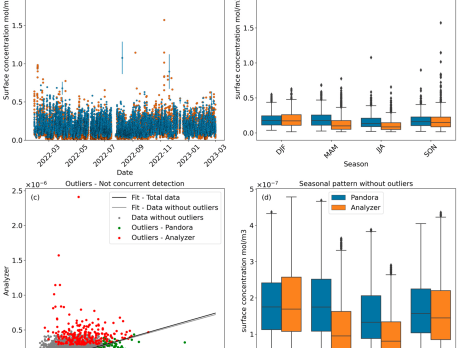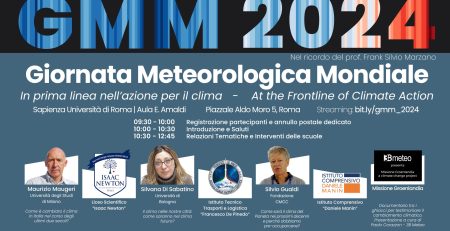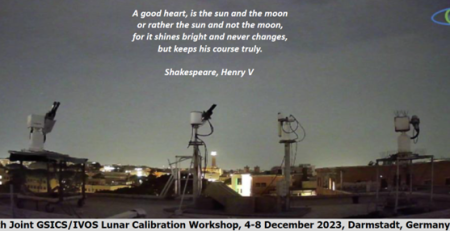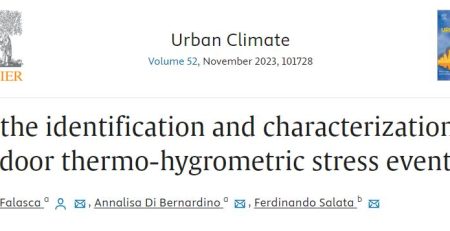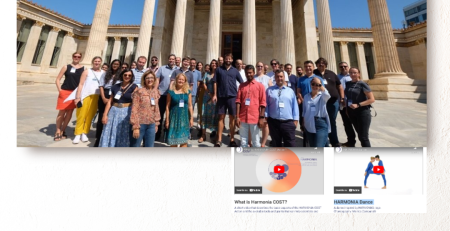Characterization of Nitrogen Dioxide Variability Using Ground-Based and Satellite Remote Sensing and In Situ Measurements in the Tiber Valley (Lazio, Italy)
The spatial–temporal distributions of nitrogen dioxide (NO2) in a rural area of Tiber valley were evaluated over one year (March 2022–February 2023) using remote sensing and in situ measurements. Surface concentration monitoring was conducted using a Pandora-2s spectrometer and a chemiluminescence analyzer operated at the Liberti Observatory (CNR-IIA). In spring, when the growing season and the agricultural activities increase, NO2 peaks were detectable by the Pandora but not by the in situ analyzer. The tropospheric Pandora and TROPOMI VCD products showed similar temporal patterns as those of the analyzer at the Observatory. High TROPOMI VCD levels in spring were detected at the Observatory and at six sites selected as representative of rural, residential, and industrial environments. WRF simulations found that high pollution events, observed by the Pandora and analyzer, occurred in calm wind conditions, favouring the accumulation of NO2 locally emitted. The complementary dataset provided by remote sensing and in situ techniques efficiently captured the spatial–temporal NO2 variability in a rural site exposed to low emission sources, thus supporting future decisional policies and actions.









